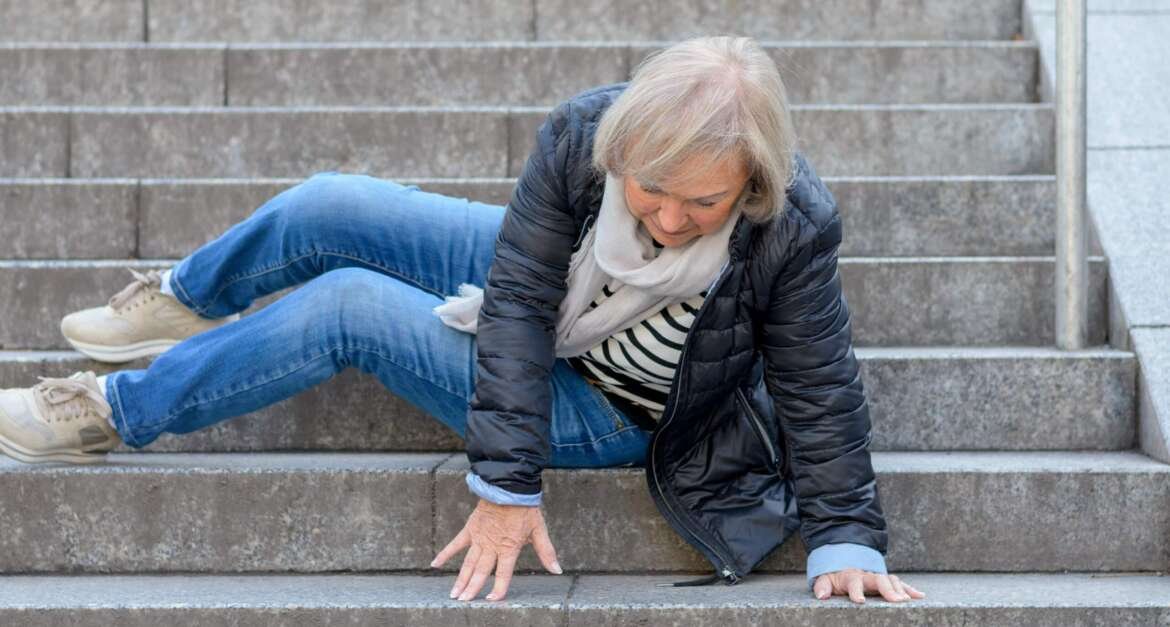As we age, our bones naturally become more fragile, increasing the risk of fractures, particularly in the hips. Hip fractures in older adults are common yet serious injuries that can lead to significant health challenges, including limited mobility, reduced independence, and even an increased risk of other health complications. Here, we’ll explore why older adults are at higher risk, the surgical options available for hip fractures, and essential steps for prevention.
Why Are Older Adults at Risk for Hip Fractures?
Aging brings about several changes that increase the likelihood of fractures:
- Decreased Bone Density: Osteoporosis, a condition where bones become brittle and weak, is common among older adults, especially women. Lower bone density makes fractures more likely, even from minor falls.
- Reduced Muscle Strength and Balance: Aging can lead to decreased muscle mass and weakened balance, both of which contribute to a higher likelihood of falls.
- Chronic Health Conditions and Medications: Conditions such as arthritis, vision impairment, and certain medications can also contribute to a higher fall risk in older adults.
- Environmental Hazards: Tripping hazards around the home, such as loose rugs, poor lighting, or clutter, can make falls more likely.
Surgical Options for Hip Fractures
A hip fracture typically requires surgical intervention to restore mobility and alleviate pain. The type of surgery depends on the location and severity of the fracture, as well as the patient’s overall health.
- Internal Fixation (Hip Pinning): For certain types of fractures, screws, rods, or metal plates can be used to hold the broken bone in place as it heals. This is typically done when the fracture is stable and the bone can heal effectively with support.
- Partial Hip Replacement (Hemiarthroplasty): When the fracture occurs in the upper part of the femur (the femoral head), a partial hip replacement may be necessary, involving the replacement of the broken part with an artificial implant. This option is often used for fractures that are less likely to heal well with internal fixation alone.
- Total Hip Replacement: In cases of more severe fractures or fractures that affect both the femoral head and socket, a total hip replacement may be recommended. This involves replacing both the ball and socket with artificial components, providing stability and reducing the risk of future complications.
Each of these surgical options aims to restore mobility, reduce pain, and allow patients to return to their daily activities as safely as possible.
Tips to Prevent Hip Fractures
While the risks may increase with age, there are many proactive steps older adults can take to minimize the likelihood of hip fractures.
- Strengthen Bones through Diet and Supplements: A diet rich in calcium and vitamin D helps support bone health. Dairy, leafy greens, fish, and fortified foods are excellent sources of calcium, while vitamin D can be sourced from sunlight and supplements.
- Engage in Weight-Bearing Exercise: Activities like walking, jogging, and weight training help improve bone density and strengthen muscles. Strengthening exercises, especially focused on the legs and core, also improve balance and reduce fall risk.
- Improve Home Safety: Remove tripping hazards like loose rugs, install handrails along stairs and in bathrooms, and ensure good lighting throughout the home. These small adjustments make a big difference in fall prevention.
- Wear Proper Footwear: Supportive, non-slip shoes can prevent accidental slips and falls. Avoid high heels, sandals without proper support, and shoes with slippery soles.
- Regular Vision and Hearing Checkups: Ensuring clear vision and hearing helps older adults maintain balance and avoid obstacles that could lead to a fall.
- Review Medications with a Doctor: Some medications can cause dizziness, drowsiness, or low blood pressure, increasing fall risk. Regular medication reviews can identify any potential issues.
- Consider Balance Training: Balance-focused exercises, like tai chi or certain physical therapy routines, can help maintain steadiness and coordination, reducing the likelihood of falls.
Conclusion
While the risk of hip fractures does increase with age, understanding the factors involved and taking proactive steps to improve bone health, balance, and safety can significantly reduce the chances of an injury. If a hip fracture does occur, surgical treatments offer effective ways to restore mobility and get patients back to their daily lives. At Matthewson Orthopedics, we’re here to support older adults in maintaining strong, healthy, and active lifestyles well into their later years.
